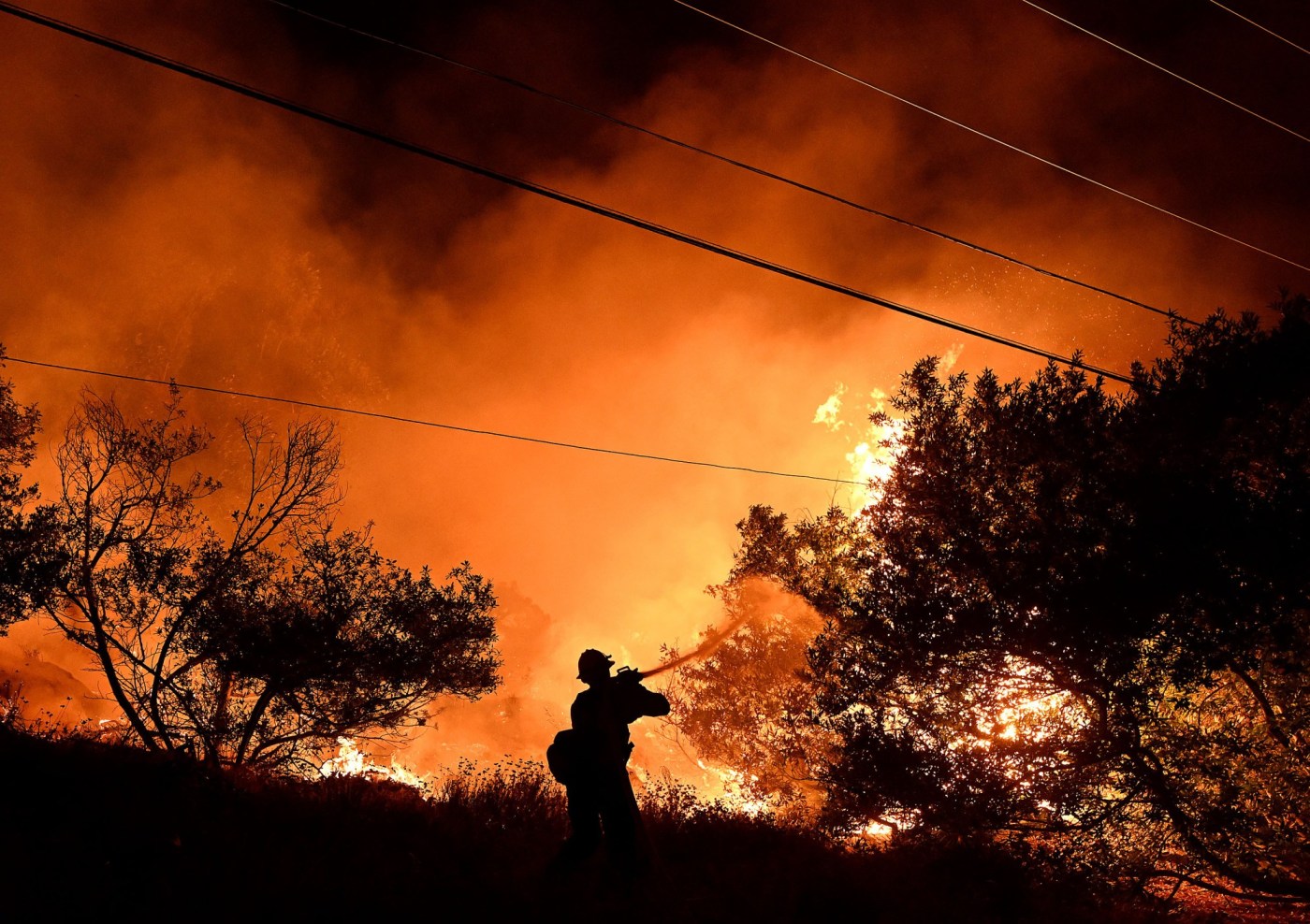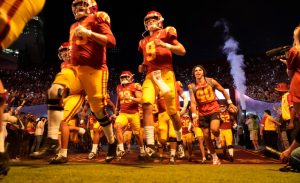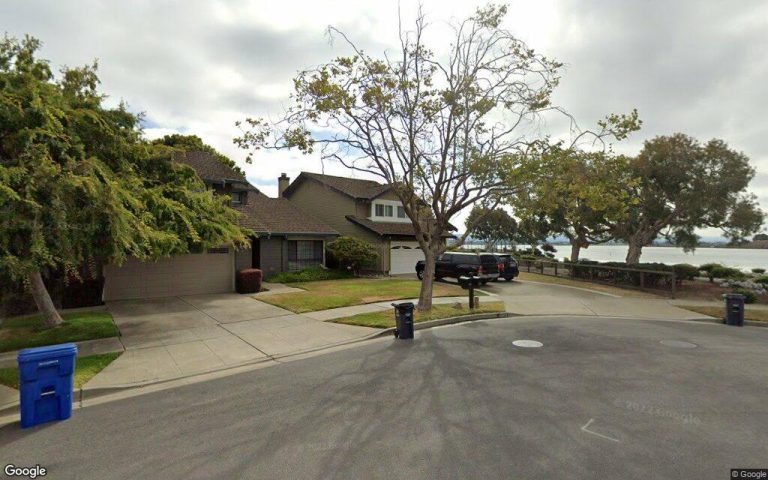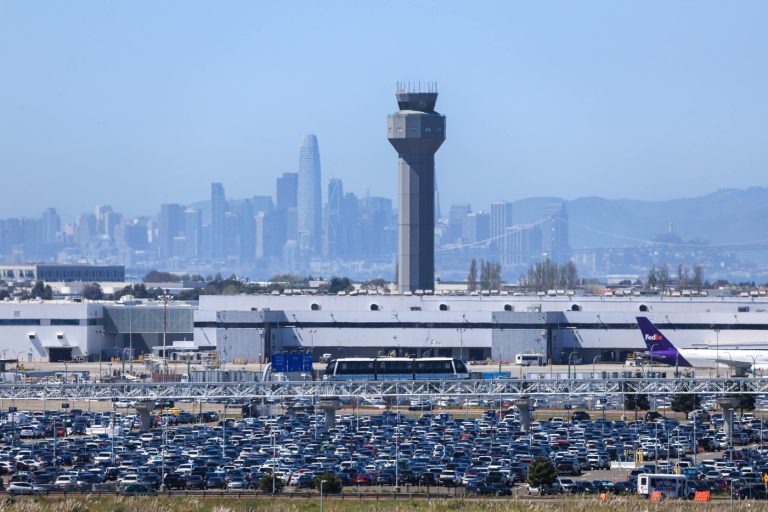Climate change didn’t light the match, but it likely set the stage for the Airport, Bridge and Line fires to burn fiercely and aggressively throughout Southern California, say academics and the head of an environmental group.
As of Friday afternoon, Sept. 13, the three blazes had consumed more than 113,000 acres in Los Angeles, Orange, Riverside and San Bernardino counties, forcing people to flee, burning multiple homes and shuttering schools amid sweltering temperatures that have since cooled.
A Norco man faces charges after being accused of setting the Line Fire in San Bernardino County, while the Airport fire in Orange and Riverside counties is blamed on a public works crew creating sparks as it moved rocks with heavy machinery. The cause of the Bridge fire in Los Angeles and San Bernardino counties is still under investigation.
The number and severity of California wildfires coincides with climate change: the long-term shift in global weather patterns linked to humans’ use of fossil fuels that produce heat-trapping greenhouse gasses.
Daniel Swain, a climate scientist at UCLA’s Institute of the Environment and Sustainability, said understanding climate change’s contribution to individual wildfires is “always difficult (if not) impossible to sort of understand … It’s not really an answerable scientific question.”
Modern civilization “has a lot of sparks” that cause fires, Swain said.
William Deverell, a professor of history, spatial sciences and environmental studies at the University of Southern California’s Dornsife College of Letters, Arts and Sciences, agrees.
“We can and must talk about the mysteries and realities of climate change,” Deverell said via email. “But there are other realities that demand our attention, too …
“We live in hotter and drier circumstances, yes,” Deverell said. “But we also generate a lot of sparks by way of our technologies and sometimes haphazard uses of them. We need to be better aware of these circumstances every bit as much as we best be aware of heat and aridity.”
Swain said climate change’s connection to wildfires “and this is true generally, is through … environmental conditions that allow fires to spread very rapidly and become very large or not.”
Those conditions, Swain said, stem from a “one-two punch” of wet and dry weather.
“We still get some periods with a whole lot of water and a whole lot of good growing conditions for that grass and brush as we saw the last couple of years,” he said. “But now also … with that warming climate, we’re getting periods of extreme or even record-breaking, historically unprecedented heat.”
Southern California experienced a triple-digit heat wave in the days leading to the Airport, Bridge and Line fires. This followed two straight severe California winters, one of which included the February 2023 blizzard in the San Bernardino mountains.
“So what we see is the sequence that results in both more abundant than usual vegetation on the one hand and then drier than usual vegetation following the extreme record heat,” Swain said. “It’s kind of that one-two punch that really amps up the flammability of the landscape in Southern California.”
Climate change is “unambiguously linked to the second punch in the sense that we are seeing more extreme summer temperatures, hotter temperatures overall, hotter temperatures later into the autumn than we used to,” Swain said.
“But … the first part of it is also linked, because we do expect to see both wetter years and drier years in a warming climate and greater frequency of transitions between the two — that increasing precipitation or increasing hydro-climate whiplash in Southern California being another signature of climate change.”
Claire Todd, a professor and chair of geological sciences at Cal State San Bernardino, also draws a line between climate change and recent wildfires.
“Recent scientific research has shown that we can expect wildfires in California to happen more often, and to burn a larger area — changes we’ve already seen in recent decades that are caused by increased air temperature and drier conditions,” Todd said via email.
Bobbi Jo Chavarria, acting director of Sierra Club California, also links climate change to recent wildfires.
California “has some really great goals in terms of (reducing) greenhouse gas emissions … the emissions that need to be curbed drastically,” she said.
“And we’re not doing it fast enough.”
Swain said a study released in 2020 showed extreme wildfire weather conditions doubled in California from the 1980s to 2018.
“It could double again on our current global warming trajectory,” he said. “So in that sense, the environmental pre-conditions that are conducive to extreme and dangerous wildfire behavior, they’ve already increased a lot and there is a strong indication that they will continue to increase.”
Related Articles
Donald Trump’s threat to withhold firefighting aid to California is blasted by firefighters union
Bridge fire map: More than 50 homes and structures destroyed or damaged
Here’s how crews are making progress battling Southern California’s 3 wildfires
2 men arrested after $1.5 million of marijuana found in during California wildfire patrol
Opinion: Wildfire readiness is important in Saratoga
Prescribed burns, advancements in firefighting tactics, better evacuation planning and building more fire-resistant structures are some of the solutions to fight “this trend towards more extreme ambient environmental conditions that favor these more problematic wildfires,” Swain said.
James Gomez, a UC Riverside doctoral candidate, was the lead author in a study showing how soot from large California wildfires traps sunlight and makes days hotter and drier.
“When a fire occurs in an area such as the San Bernardino National Forest, firefighters are quickly called in to extinguish the blaze,” Gomez said via email.
“This is good practice during fire weather, but may be less advisable in unfavorable conditions to fires. If a fire occurs on a wet and/or cool day, it is unlikely to spread very far. If you extinguish all of these fires immediately, you are essentially creating a ‘survival of the fittest’ scenario for fires, where only the fires in the worst (driest) conditions survive.”












